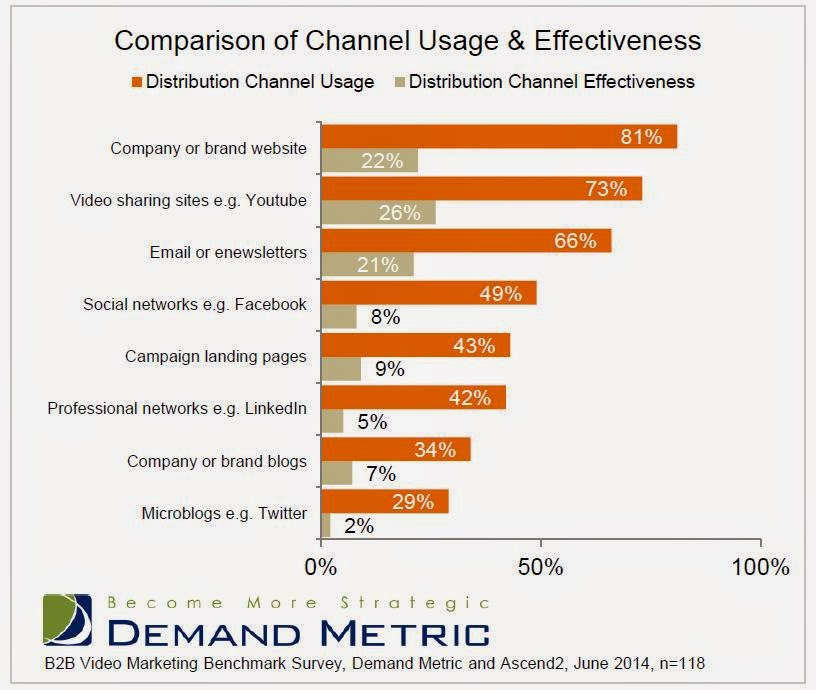1. Understand Mobile is your priority.
Mobile is no longer a secondary channel, it has fast become first choice for consumers. The number of daily active users on Facebook has grown by 15% in 2014. These stats are enough to suggest all businesses should consider how their digital presence can cater to the mobile user.
The way to do this is by integrating social and mobile media. Your mobile strategy has to evolve to the new digital world and the consistent content experience, engagement and interaction with users.
Mobile revenue is predicted to jump more than 300% over the next 4 years so get ahead and ensure your mobile commerce is effective. Don't let sales slip away, ensure your website is fully mobile optimized. Encourage social media followers & fans to download your mobile app. Why not offer users an incentive to do so?
2. Amplify social media paid posts.
In 2014 we noticed Facebook pushing it's promoted posts as a way to monetize the platform and businesses began to use this feature as a way to increase their outreach.
In the new year, brands need to ditch the whole 'social media is a free place to market' attitude and instead think about audience segmentation to target the right people with the right message.
Once we're aware of the segment, the money we invest into sponsored Facebook ads or promoted tweets can help increase likes & follows and engagement.
Facebook looked at 60 campaigns and 70% that used paid ads had 3x better ROI.
3. Commit to blogging on a weekly basis.
Content marketing was the way forward in 2014 to help increase SEO and build momentum. Whilst blog posts, e-newsletters and social media are all valuable channels to build relationships, create trust and ultimately increase sales, , a recent study proved marketers struggled to find out if content marketing was working for them.
Start by blogging with a post that answers questions about your field, how-to-articles and tips. Show off your knowledge and sell yourself. By doing so you will build a following which will increase the conversion to your website, giving you the chance to sell your products/services.
4. Create local content.
We have mentioned blogging is a valuable channel for content marketing, but how do businesses create content on their blog that is tailored for local search?
A wide array of competition in local areas means it is increasingly important to tailor content so that when users are searching on their mobile device your business will be the first to appear. To generate viable search traffic, local businesses should focus on building an online community.
An online community can be developed by attending local events and making effort to socialise with businesses on Facebook and Twitter. It is also a good idea to use a blog to post relevant content and also seasonal topics within the local community are a good way of generating awareness.
TIP: You can't do it alone. It is all about nurturing your audience!
5. Influence your audience through Vlogging.
Videos are easily the most preferred types of content online due to our short attention span, but also due to the devices we view them on. In 2014 we noticed Facebook's algorithm is playing a part in this pushing video higher in our newsfeed.
The graph below shows the best placement for video, with 81% found that the primary place was a companies website and 73% found that the secondary place was YouTube.

A trend that we will really see increase in 2015 is Vlogging with the power of video marketing and mobile media, more brands will adopt blogging through video to meet the demands of their audience.



















